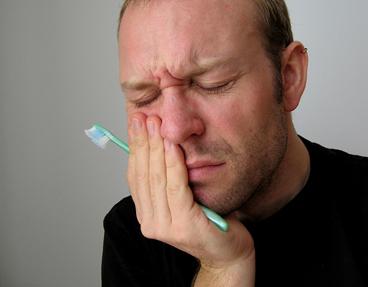Aromatherapy can be of great help to travelers. If you are a travel freak or one forced to travel all around the world, on account of business or personal reasons, chances are, you suffer from a lot of travel ailments. You may have jet lag after too many hours of continuous flying or fatigue and nausea after too much of road or rail traveling. Since travel cannot be avoided, the best solution to your ailments is a first aid aromatherapy kit. If you keep a few essential oils handy, you can avoid a lot of travel disorders and discomforts and experience the joy of traveling.
Aromatherapy for travel ailments: Many aches, ailments and pains hit a traveler and you are no exception. So, if you had to travel long distances, ensure that you carry at least a few basic essential oils mentioned here. Better if you have this essential oils kit with you always as you can undergo health problems even during short trips.
Essential oils to have during travel: Some of the best essential oils that you can carry while traveling include – Eucalyptus, Lavender, Geranium, Ginger, Peppermint, Rosemary and a few hydrosols (at least Lavender hydrosol). Below are a list of travel aromatherapy cures using these essential oils:
1. Ear and Sinus problem: One of the common problems with people undergoing air travel is ear discomfort, especially during flight take offs and landings. Though this is a minor discomfort, it can result in temporary pain, hearing loss and sinus problem. To avoid the problem, inhale Eucalyptus oil before take off and while landing. The oil has decongestant properties which help ease popping ears and clear any possible sinus discomfort.
2. To protect against infection: Flights are places where the air that circulates carries infectious germs from all passengers and spreads to the less-immune ones. To avoid trouble caused by the air system, use Lavender oil. Lavender oil is anti-viral and hence will support your immune system very effectively. You can also use Eucalyptus on account of its anti-viral, anti-bacterial and anti-fungal properties. Ensure you drink lots of water while flying and also avoid any sort of diuretic or stimulant or other drugs while using aromatherapy.
3. For nausea and headache: Nausea and headaches are common after long travel by rail or road or boat. Since you cannot avoid travel nor leave several breaks in between, it is better to keep yourself armed with an aromatherapy kit. Ensure that you have Ginger oil in your kit. You can take a drop or two of the oil in a tissue and inhale it deeply and regularly while traveling. You can add several drops of the oil to a cotton ball and do this. Use Peppermint oil if you suffer from a headache as a result of the nausea.
4. For a refreshing self: If you are dead tired after a particular travel, use Lavender hydrosol and refresh yourself. The hydrosol works wonders especially if you have had a long hot flight travel. You can also use the same to cleanse your face and clear your make-up. It is so refreshing that in a matter of seconds, you feel completely altered and geared up for you next expedition. You can also use it as an undiluted compress on the neck, shoulders and forehead to reduce headaches, tension and stress.
5. To relieve yourself of fatigue: Fatigue is one of the most common and worst byproducts of traveling. A fun trip becomes an exercise in exhaustion if you had to travel on long, bumpy roads or continuously for hours on different flights to reach your destination. Since exhaustion is unavoidable, you need to have a bottle of Rosemary handy to refresh and relieve your fatigue. You can apply the oil to any tissue and inhale it deeply. This will minimize your fatigue and help you recover quickly.

 Aromatherapy for bladder infection: There are several essential oils to be used for treatment of bladder infection. Some of them are: Bergamot, Cedarwood, Fir, Frankincense, Juniper Berry, Sandalwood and Tea Tree oil. Other oils that can be used include – Cajeput, Clary Sage, Clove, Cypress, Peppermint, Rosemary etc. Below are some of the ways on how to prevent or cure your bladder infection:
Aromatherapy for bladder infection: There are several essential oils to be used for treatment of bladder infection. Some of them are: Bergamot, Cedarwood, Fir, Frankincense, Juniper Berry, Sandalwood and Tea Tree oil. Other oils that can be used include – Cajeput, Clary Sage, Clove, Cypress, Peppermint, Rosemary etc. Below are some of the ways on how to prevent or cure your bladder infection:






